See, if we were to talk about all the things that West Bengal is famous for, we’ll literally be talking all day and night. There are so many things to talk about, like the history of this place, the culture, food, people, music, art, festivals, and whatnot. But there are a lot of people who specifically take an interest in the traditions and culture of West Bengal. Which is pretty obvious because it is all vibrant, chill and super significant in this state. And a lot of people specifically take interest in the way people dress in West Bengal, and today, we’re here to talk about the traditional dresses of West Bengal, not just for women, but for men as well. Here we go then.
Women’s Traditional Dresses in West Bengal
Bengali Saree
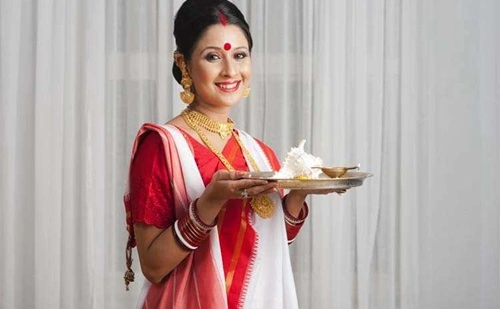
In fact, a saree in Bengal is more than mere cloth; it is tradition, to say the least. For hundreds of years, Bengali women have been wearing sarees. In the past, they would just wrap one single long piece of cloth over themselves, never bothering about a blouse or petticoat. But after the British came, women started wearing blouses and petticoats. That is what you call a Brahmika.
Wearing the same draped cloth in different ways is a commonality in today’s world, but when it comes to the Bengali way? Well, that is like an aura, especially for the festivals and weddings.
All Kinds of Bengali Sarees
Dhakai Jamdani
The jamdani originated in Dhaka, now a part of Bangladesh; it is made of fine cotton, with shiny gold or silver threads. The flower patterns are beautiful, and it’s super soft, takes quite long to weave, hence, it’s very delicate.
Korial and Garad
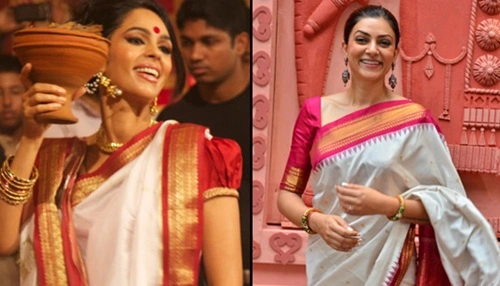
Garad is a white silk saree with a red end, simple but beautiful. Korial is the costlier version, with all sorts of other works. The Korial would be a saree to see on Durga Puja or wedding occasions. To be seen in these is a marvel of tradition, looking so elegant.
Baluchari / Swarnachari
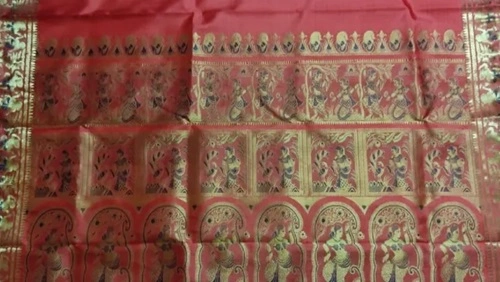
First of all, just know that these sarees are actually made in Murshidabad, which is also a special bit about them. Swarnachari is golden embroidery, so it looks entirely royal. This is the type of stuff that people pass over within the family, and that’s special.
Tant sarees
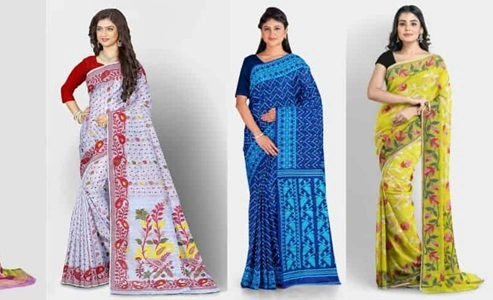
These are the everyday cotton sarees, you know, light, comfy for Bengal’s hot and humid weather. Floral or paisley borders make them really chic, and they are super easy to wear and wash. That’s why these are just perfect as everyday wear.
Tussar Silk Sarees

Originating from Malda, these have an exquisite golden shine. They are in bright colors with both old-school and new designs. So yes, perfect for any occasion.
Muslin Cotton
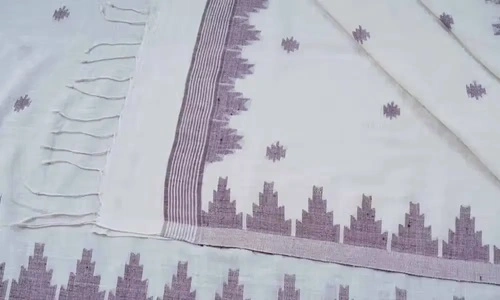
These things are incredibly soft and light, very simple but gorgeous, and a blast internationally! Some of them are plain, you know, just plain. Others have subtle little designs. But it will come at a price!
Kantha Stitch Sarees
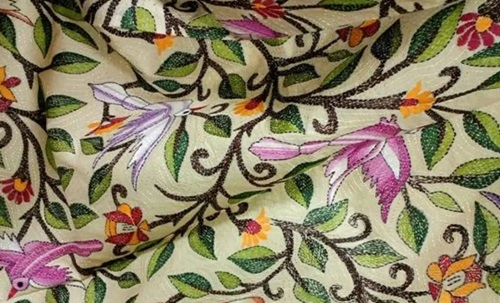
True to its name, Kantha is all about hand-stitch free embroidery. You know, like, brightly designed patterns curiously made by threads. They are sewn in places like Shantiniketan and Murshidabad, each one holding a uniqueness of its own, like art.
Murshidabad Silk Sarees
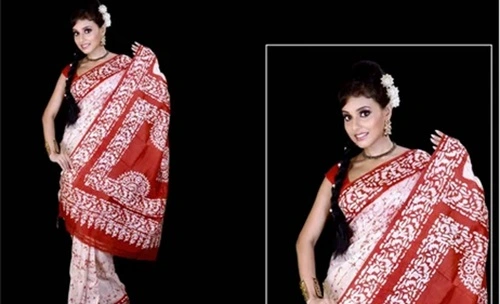
They are bright, colourful silk sarees usually block-printed or batik-designed. They are surely very good for casual wear as well as grand festive occasions.
Men’s Traditional Dresses in West Bengal
Panjabi and Dhoti
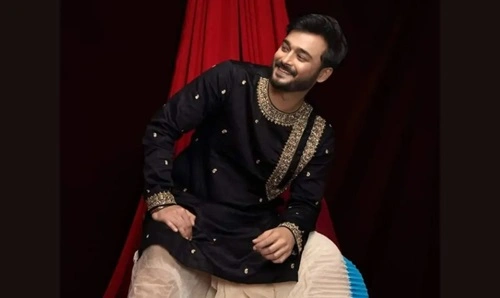
For men, a thukda, or kurta, and a dhoti, a wrap-around cloth for the lower body, is the outfit. The go-to! The Panjabi, which is also worn above the knees, can be of various fabrics like Tussar silk, cotton silk, or Muga silk.
Sometimes, the Panjabis are adorned with stylish Kantha embroidery running along the neck or down the line of buttons. For weddings or festive occasions, Garad silk Panjabi suits in colours like beige, cream, and honey are the styles of choice. So classic!
A Bit of History and Modern Flair
The Panjabi has a neat story. Like, way back, Punjabi folks settled in Bengal as landlords. To beat the sun, they wore light, long garments, which over the years started turning into what we know as Bengali Panjabi.
And currently? Young boys are mixing it up, wearing Panjabis with jeans or trousers. It is pure old-meets-new-ness, and it is absolutely fascinating!